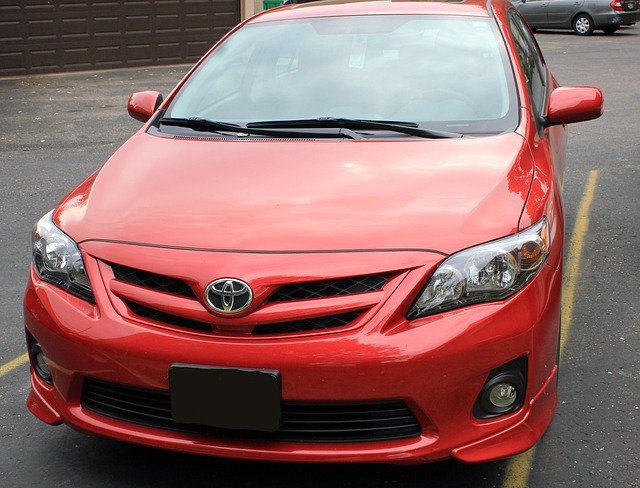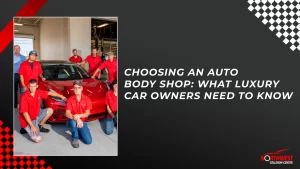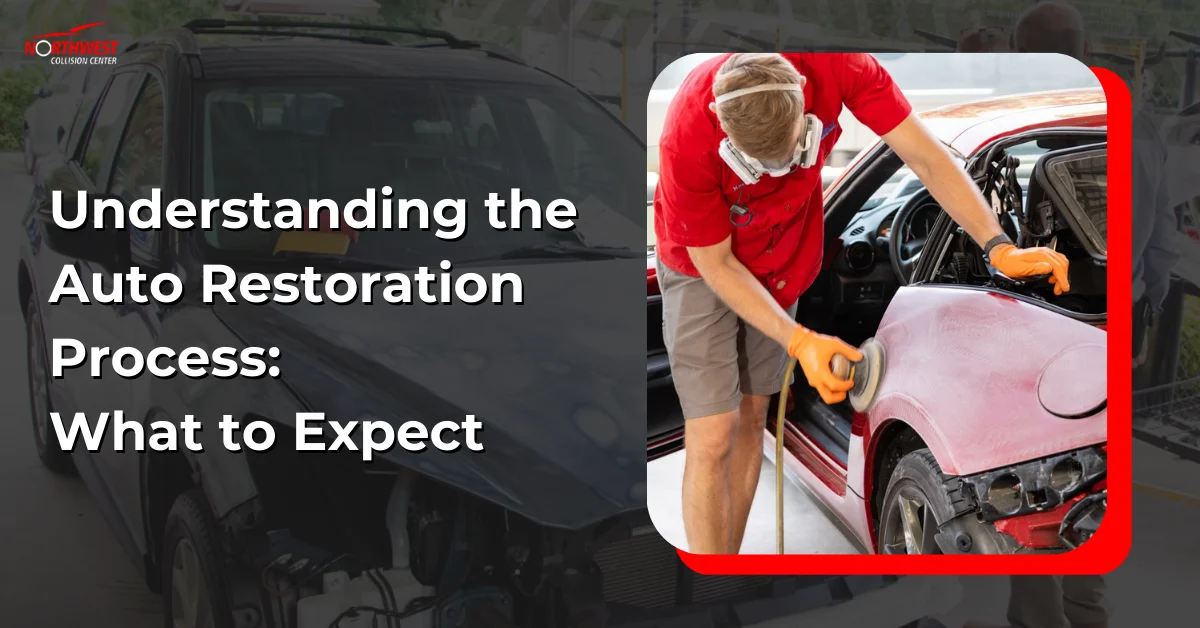When you are driving down the street or along the highway and you see a car whose paint job is peeling, faded, or just looks flat-out ugly, there are specific reasons for those conditions. Most people do not do their own paint jobs on their cars, so they trust their car’s paint to an auto body shop. This is a wise decision, but you must be certain the auto shop knows what they are doing. Being an educated consumer can save you hundreds of dollars in repairs, save precious time, and spare you the indignity of driving around with a faulty paint job. Here are some things that can be done to avoid problems with your paint job.
Removing any rust that is present on the vehicle’s chassis is the only way to stop the most common problem with paint jobs: peeling. Peeling occurs when the rust on a vehicle’s chassis has not been properly removed before the new coat of paint has been applied.
Wrinkling is the second most common problem that occurs with paint jobs over time. When wrinkling occurs, it looks as if there is an ugly network of veins running along the paint of your vehicle. Warm weather can cause the surface coat of paint to dry too quickly and is therefore a possible culprit. However, wrinkling is usually 90 percent the fault of the painter. If a coat of paint was applied too heavily, wrinkling almost always occurs. Wrinkling can also occur if a thinner was used that dries too quickly, or if not enough thinner was used in the first place. Make sure your car’s painter is experienced and is aware of all of these hazards that can cause wrinkling.
Climate is a large factor in the quality of your paint job. Extreme cold or heat can damage your car’s paint. However, these will be issues only if your painter did not do a careful and patient job. Cracking paint occurs when the painter applies separate coats too quickly when the previous coat has not fully dried. It is of utmost importance that a painter takes his or her time in applying coats.
Making sure your painter carefully prepares the metal of your vehicle before painting can avoid the ugly problem of blistering. When grease or oil has not been properly cleaned off the metal of a vehicle’s chassis, blistering almost always occurs. This can also be an issue that is caused by improper maintenance of the paint spray gun used.
Don’t let any of these problems deter you from giving your car a great new paint job. By being aware of all of these issues and, more importantly, knowing how they can be avoided, you can confidently choose the auto body shop that will do the best job on your car. All of the painters at Northwest Collision Center are experienced and are fully aware of the most common problems in paint jobs. Let us put you at ease today!










